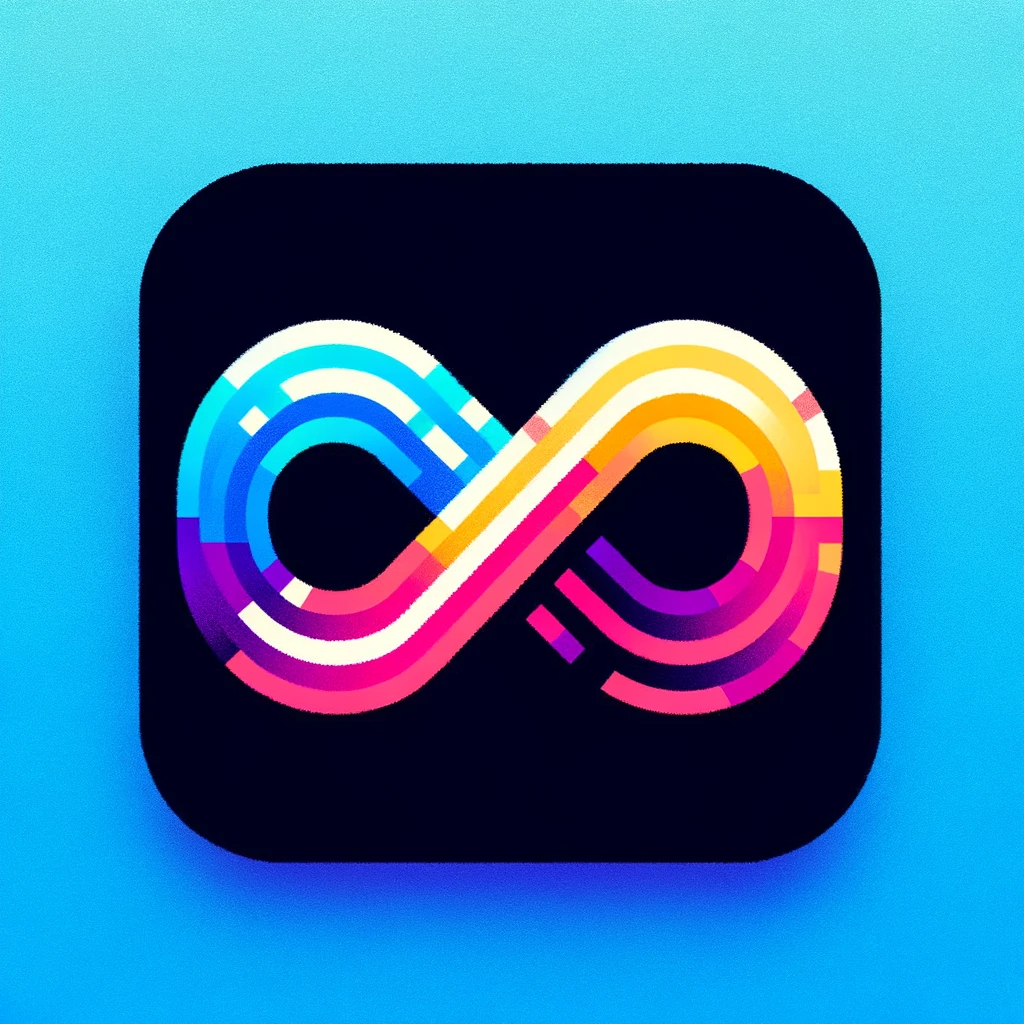Understanding the Virtual Audience Framework
by
April 16th, 2024
Audio Presented by

The FeedbackLoop offers premium product management education, research papers, and certifications. Start building today!
Story's Credibility

About Author
The FeedbackLoop offers premium product management education, research papers, and certifications. Start building today!